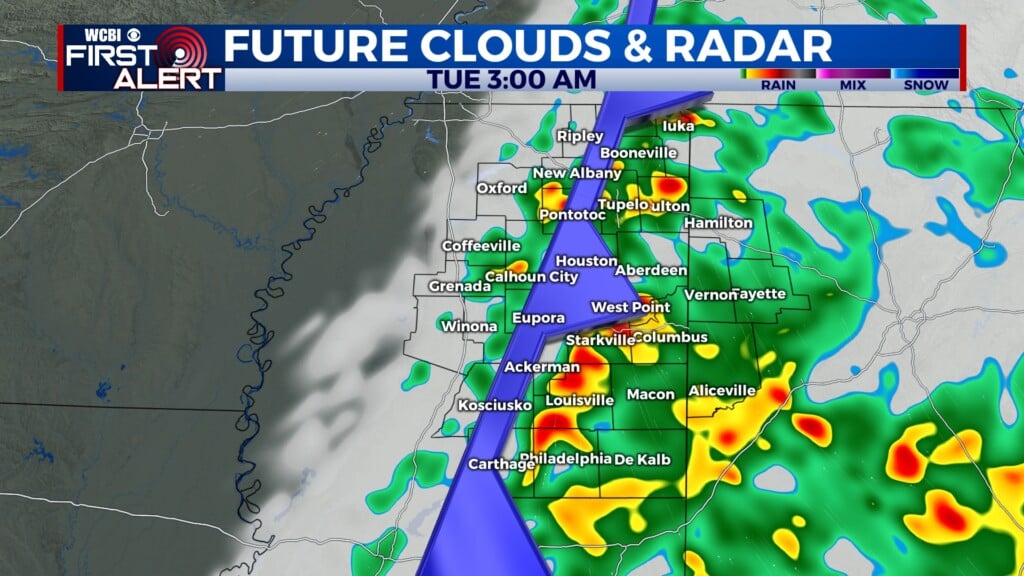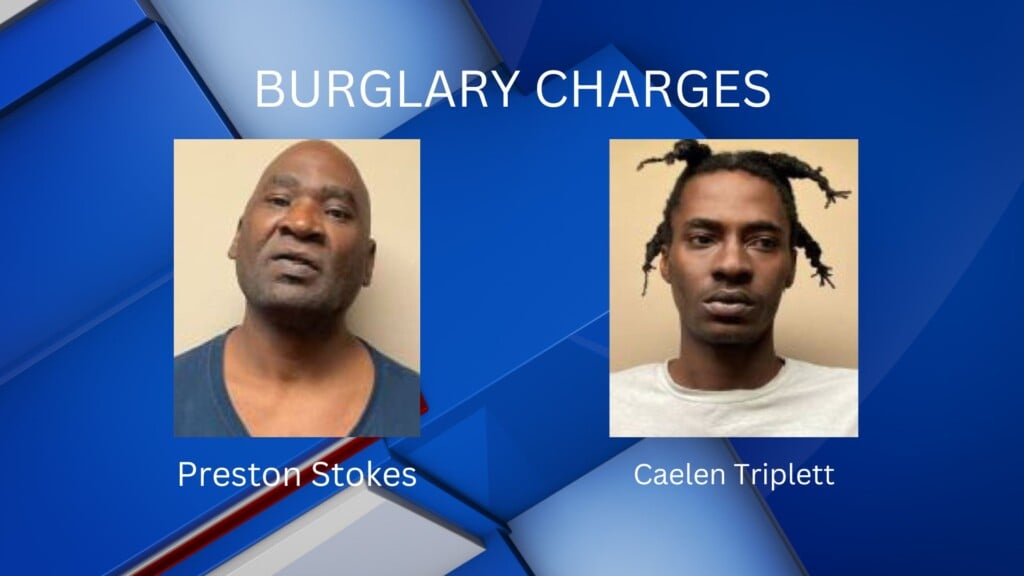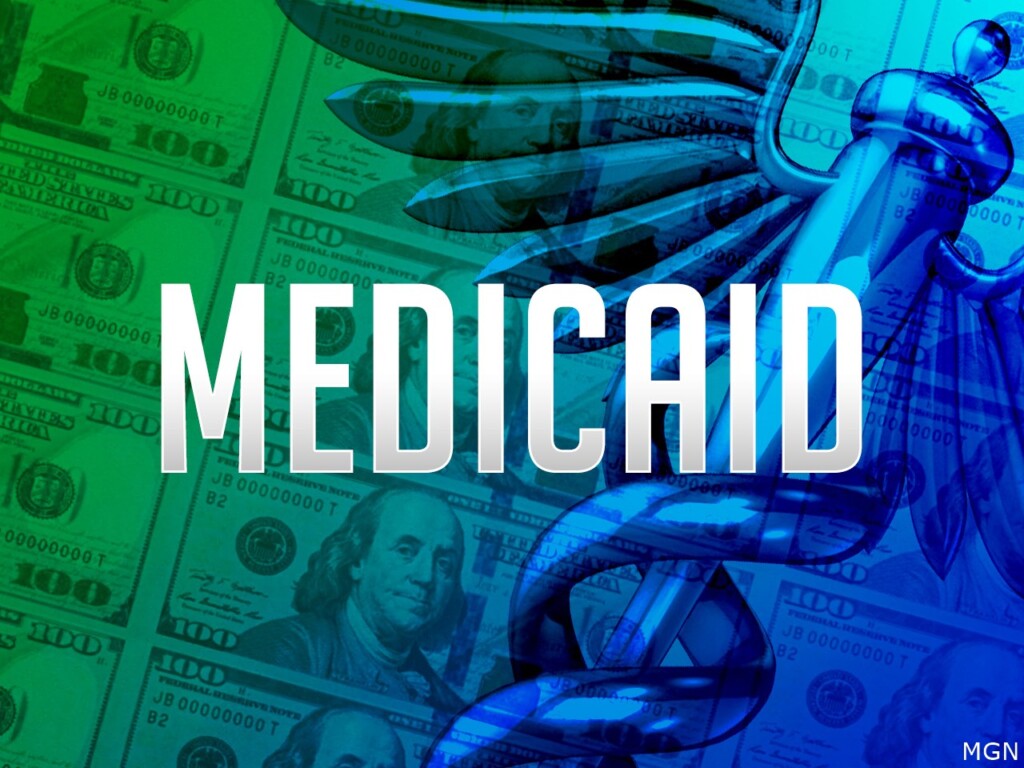CDC director fears 2nd wave of coronavirus next flu season
The director of the Centers for Disease Control and Prevention, Dr. Robert Redfield, is warning of a potentially worse second wave of coronavirus later this year. In an interview with the Washington Post published Tuesday, Redfield said the outbreak could flare up again and coincide with flu season, which could set up a dangerous double whammy for the health care system.
“There’s a possibility that the assault of the virus on our nation next winter will actually be even more difficult than the one we just went through,” Redfield told the Post. “And when I’ve said this to others, they kind of put their head back, they don’t understand what I mean.”
“We’re going to have the flu epidemic and the coronavirus epidemic at the same time,” he added.
This year’s flu season is largely over, with CDC currently reporting low flu activity in the U.S. While influenza viruses circulate all year, flu season typically begins between fall and winter, and the peak lasts from December to February. The numbers vary from year to year, but during the 2018-2019 flu season, the CDC estimated 35.5 million people in the U.S. got sick with influenza, 490,600 were hospitalized and 34,200 died of the illness.
The first known coronavirus case in the U.S. was detected January, and since then there have been 820,000 confirmed cases in this country and more than 14,000 people have died, according to the latest data from Johns Hopkins University. The pandemic also put a huge strain on hospitals in many parts of the country, resulting in shortages of protective equipment and a scramble to obtain medical gear like ventilators.
When asked about Redfield’s assessment, FDA Commissioner Dr. Steven Hahn, who is part of the White House Coronavirus Task Force, said it’s “certainly a possibility.”
“The whole task force set of doctors is concerned about the second wave,” Hahn said Wednesday on “CBS This Morning.” “Dr. Redfield’s concern is there also might be flu at the same time. That’s why we have built into the plan the surveillance mechanisms to look for the respiratory illnesses and then do the appropriate testing at that time. That’s going to be a critical part of the reopening plan to allow us to move forward.”
When the Washington Post asked Redfield about recent protests against stay-at-home orders and the calls for states to be “liberated” from restrictions — calls that were echoed by President Trump on Twitter — Redfield replied: “It’s not helpful.”





Leave a Reply